The world of digital photography is not just a camera, lenses, flash and tripod. There are other photographic accessories that you can use that allow you to take impressive and spectacular photos. One of these accessories are filters .
If you are a photographer belonging to the SLR or EVIL world, or your compact camera allows you to screw accessories in front of the lens, in today's article you will learn what filters are, what they are for and how these gadgets can help you obtain impressive photos.
WHAT ARE PHOTOGRAPHIC FILTERS?
Photographic filters are accessories that are placed in front of the camera lens in order to modify the way in which light enters the camera and is captured by the sensor.
Something similar to putting on, for example, sunglasses.
Although it is true that in the midst of the digital age (where it seems that San Photoshop and San Lightroom can fix everything) filters are one of the photographic accessories that have fallen into disuse the most, the truth is that many times they are irreplaceable.
If you are also not very fond of editing images, either due to ignorance or principle, the filters can be very useful for you. From erasing reflections as if by magic, adjusting uneven exposures in the same image, darkening skies or simply protecting your equipment, filters have many uses, often difficult to replace by an editing program with equally good results.
There are many types and uses of filters in photography that can currently provide you with clear advantages when taking your shots compared to editing on the computer (post production). Later I will name them one by one.
WHY USE FILTERS IN PHOTOGRAPHY?
Whether or not to use photographic filters at the time of capture will be a very personal decision that you must make. There are photographers who prefer to invest in them and there are others who, for mainly economic reasons, decide not to do so and later edit the photographs on the computer. Both positions are respectable, valid and correct.
It is worth clarifying that, with its use, you will be able to obtain results that are not possible once the photograph has been taken, such as the use of a neutral density filter to lower exposure levels when photographing a waterfall, or to eliminate the reflections from a window to photograph what is behind it.
In addition, you will obtain a photograph very similar to the final one at the time of taking it, saving you editing time on the computer. This has more to do with the traditional process of gestation of the photographs, but it will require more knowledge from the team to take each shot so that you can obtain effects that are impossible to achieve through later editing.
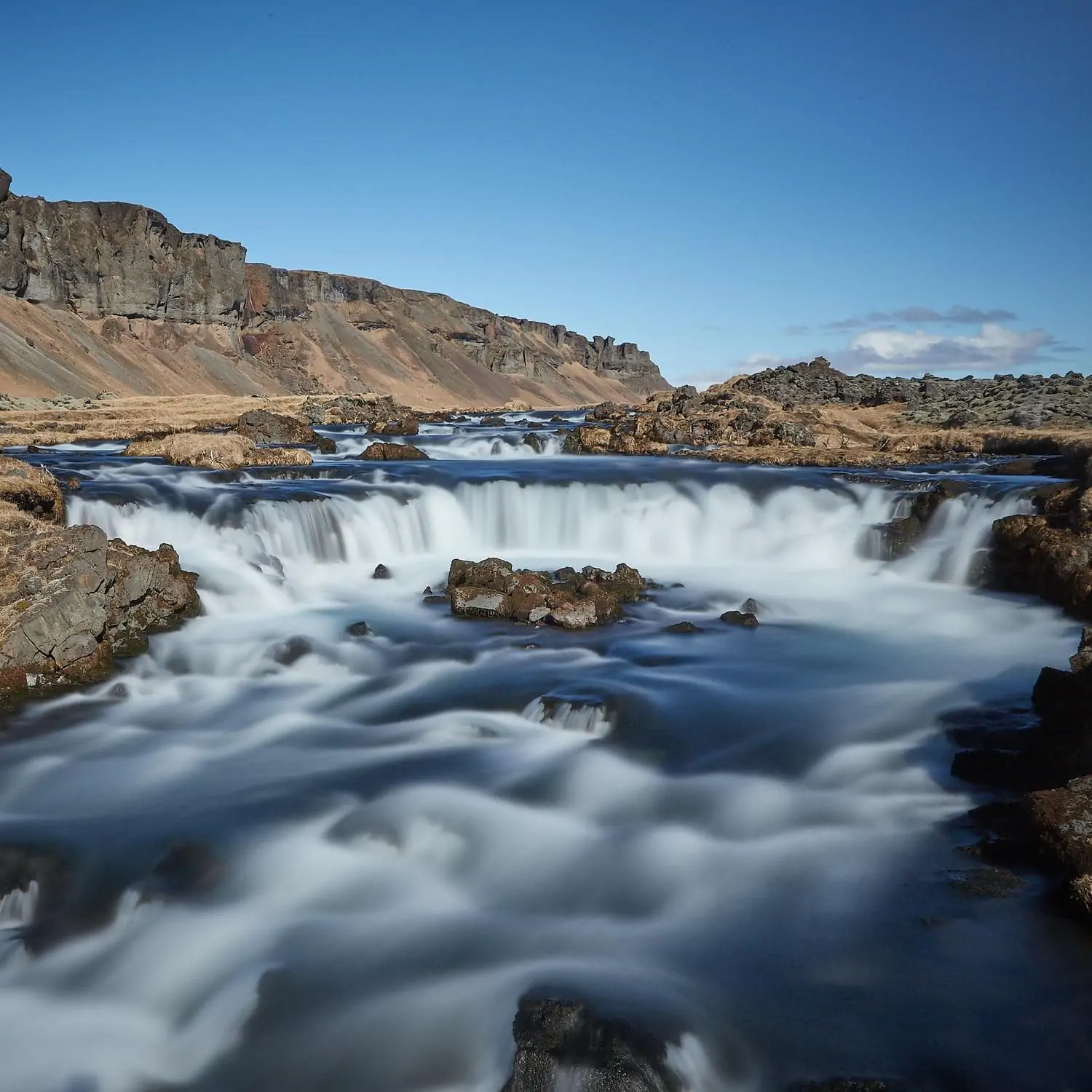
Keep in mind that many prestigious photo contests do not allow photographs that have been digitally edited on a computer to be submitted.
The true photographer works with light, not with the mouse.
It is not the same merit to take an excellent photograph by using filters at the time of taking it, obtaining an almost definitive image, than after a few clicks, to obtain something similar thanks to the computer, being able to try different combinations until obtaining the best one.
FILTER BRANDS
Quality filters are not cheap, and getting one of them can cost you a considerable amount of money, not to mention that they are fragile and easily deteriorate if you are not careful enough with them.
The vast majority of these quality filters are only available to order given their high price. Here I have prepared a small list with the most prestigious brands for you to take into account:
- pit
- Hi Tech
- Cokin
- tiffen
- Rodenstock
- heliopan
- B+W
- singh ray
- Cromatek
- read
Each brand has its advantages and disadvantages, but if you buy filters from any of the brands that I have just mentioned, you make sure that you are purchasing a quality product.
HOW TO USE A FILTER?
There are different systems to be able to attach a filter in front of your camera lens, and it will depend on the type of camera, SLR, EVIL or compact, to which you want to add one.
Mainly the systems to be able to do it are two:
- Circular: they consist of screwing in front of the objective lens, a circular filter of the same diameter as the lens. Its main advantage is that, because the way these screw directly onto the lens, they not only protect it, but also almost ensure that no vignetting occurs or light enters around the edges of the lenses and ends up ruining the photo. The main disadvantage is that they are much less versatile to use than rectangular ones and, in addition, you must have as many filters of the same type as the diameters of your objectives.
- Rectangular: they are rectangular glass filters, of various sizes that are placed in front of the lens of your camera through a filter holder. Their main advantage is that they allow much greater versatility: if you want to degrade the sky using a gradient filter, you can choose at what height to place the horizon, something impossible to do with a circular one. Its main disadvantage is the fragility of the lenses and, since an extra mount is necessary in front of the lens, in some cases they can generate vignetting or let in stray or unwanted light from the sides of the lenses.
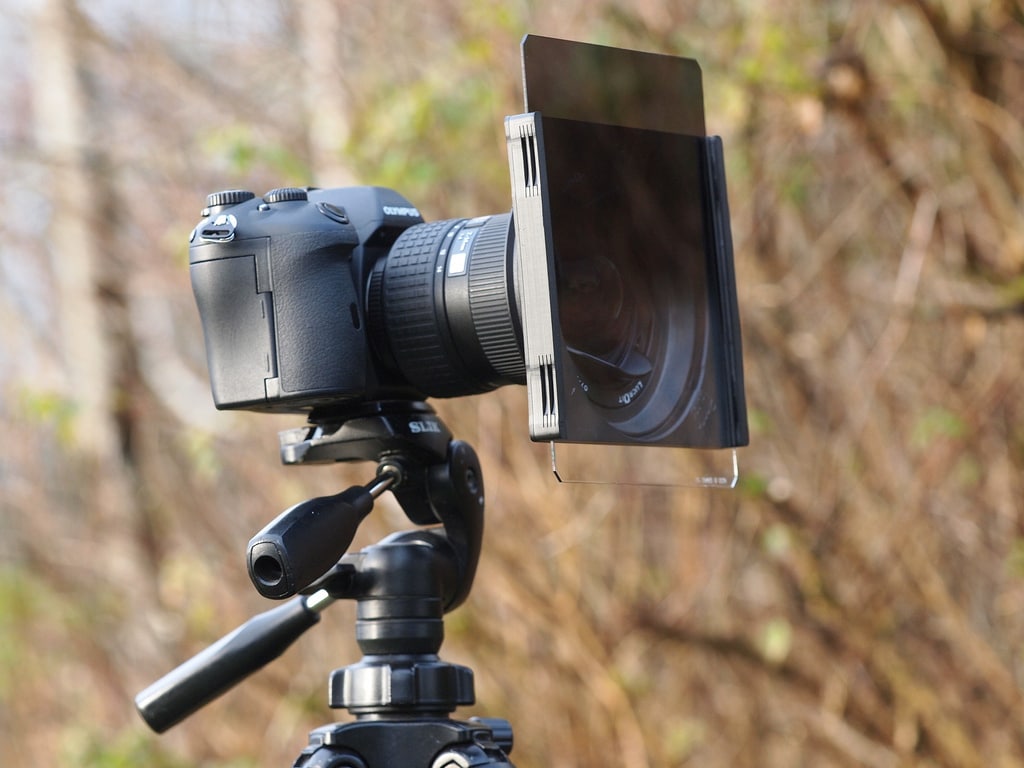
WHEN TO USE PHOTOGRAPHIC FILTERS?
Not all photos will require you to use a filter to take the shot, but there are certain photos that will gain in quality, whether aesthetic or technical, if you use one of these filters.
The use of filters is very common in landscape photography, where the shots are prepared with a lot of time in advance and where effects are sought that, in many cases, are not perceptible by the human eye or are not actually produced by nature, such as a red sky.
FILTER TYPES
Here is a list of the filters most used by photographers today with their corresponding explanation and photographs as an example and inspiration:
POLARIZERS
It is one of the most used filters since it fulfills two functions: on the one hand, it eliminates unwanted reflections from shiny surfaces such as water, glass, etc., and on the other hand, it helps to obtain more intense and saturated colors, to contrast the scenes, darken the blue of the sky, reduce the haze, lighten the clouds, etc.
I do not recommend its use in those scenes that are in themselves highly contrasted, since doing so will lose detail in the extreme tones, the lightest and the darkest, unless that effect is what you are looking for.
Keep in mind that when using a polarizing filter , its maximum effect is obtained when the light is from the side at 90°, this means that with the sun facing you or behind you, this filter will have no effect.
If you like landscape photography it is almost mandatory that you have one.

NEUTRAL DENSITY (ND)
These filters have no effect on the color of the scene, since their main utility is to considerably reduce the amount of light that reaches the sensor. This type of filter is very useful when, in good lighting conditions, you want to take long exposures .
This means that, without changing the colors, you will be able to take photos with large apertures and very slow shutter speeds, in situations where the photo would normally be completely overexposed.
I recommend that if you are going to get one of these filters, you buy at least one with 3 diaphragms, since to subtract less light, a polarizer will suffice or combine a polarizer with low ISO and tightly closed diaphragms.
The most frequent neutral density filters are 6, 8 and 10 diaphragms and the most recommended are the glass ones since the gelatin ones tend to reduce the quality of the photographs.
Note that by letting less light into the sensor, the camera's autofocus will most likely not work. I recommend that you manually focus the scene and then add the neutral density or ND filter to it.

See how the water is more like a mist? That is because we have worked at slow speeds and, thanks to that, the movement has been imprinted on the scene, giving us scenes like this one. We call it the silky effect of water (or clouds) and it is a resource widely used in landscape photography.
ENHANCER
The Enhancer filter is used to enhance the warm colors of the scenes, altering the rest of the colors little or nothing. It is a very specific filter and recommended only to portray autumn sunrises or sunsets, reinforcing the warmer tones.
Its use is common in landscape photography to intensify the warmth of the scene. There are also intensifiers of blue or yellow tones, although they are somewhat less common.
I do not recommend its use if the scene already has a fairly warm color temperature as it can exaggerate them too much.

NEUTRAL GRADIENT
These types of filters are used to balance the different contrasts that appear in a scene. Darken some areas of the photo and not others so you can get detail in both highlights and shadows. That is to say, it subtracts light in only one half of the scene, thus allowing the compensation of both parts of the photograph. And it doesn't alter the colors of the scene.
This type of filters, like those of neutral density, have various numbers depending on the number of steps they compensate. For example, the most common are 0.3 ND (1 step), 0.6 ND (2 steps), 0.9 ND (3 steps). Likewise, the way in which they make the transition from one exposure to another can be hard or soft , that is, they can go from one exposure to another immediately, or gradually.
Again, as with the neutral density or ND filters, I recommend you not to purchase less than 3 diaphragms and, if possible, that their system be rectangular and mounted by means of a filter holder. In this way, you can place the gradients where you see fit.

COLOR GRADIENT
With the same idea as the neutral gradient filter, it also tints part of the image in the tone that we have chosen.
We have them clear to accentuate sunrises or sunsets or a certain part of the scene that we want to intensify, or cold tones, to "cool" certain parts of the scene. Normally you find them in pack. The possibilities with gradient filters are many, especially if you enjoy outdoor landscape photography.
FOG EFFECT
Effect filters are increasingly used by photographers, especially those who specialize in landscapes. In fact, they have not been available on the market for that long.
They are filters that provide certain effects that would only be possible to obtain by later editing the photographs on the computer.
Perhaps of the filters with effects, the fog filter is the most commonly used, since foggy photographs have a very attractive aura and it is not always easy to find it. In fact, depending on where we live, we'll hardly ever see it ? Why not create it then with one of these filters?
Although you can achieve a similar effect using a UV filter, your breath to blur the camera's vision and a lot of practice!
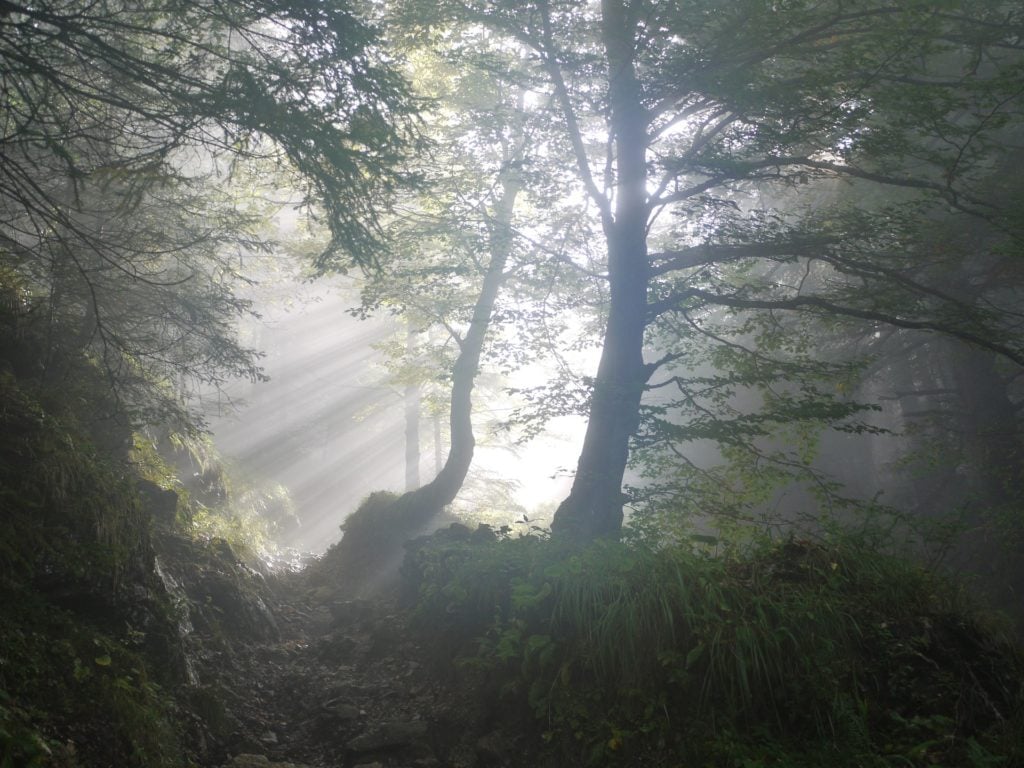
INFRARED (IR)
Contrary to what it may seem to you from its name, this type of effect filters are not designed to block infrared waves, but quite the opposite, they are used to desaturate colors in search of pale and grayish photographs.
This works by filtering "visible" light through the human eye, blocking it, and only allowing infrared radiation to reach the sensor, generating a very particular and surreal effect.
Scenes with vegetation, clouds or water are good settings to practice with this type of photography. If you want to know more about infrared photography, take a look at this article .
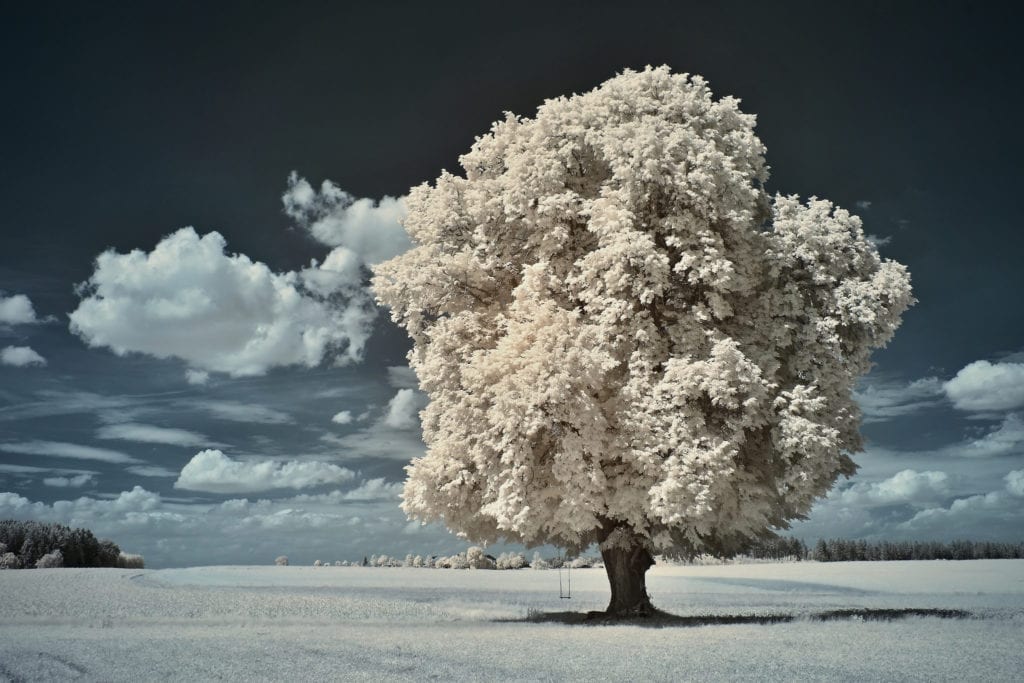
STAR FILTER
The last of the effect filters, produces a star effect (of different tips depending on the filter) in the flashes of light in the scene, like in these streetlights.

COLOR FILTERS
They are tinted filters of different colors that placed in front of your lens, will tint the image of that same color. In analog black and white photography, they were used to contrast their opposite colors. That is, a red filter was used to darken blue skies, for example.
Color filters almost ceased to be useful in the age of digital photography as their effect can be replaced by white balance or tint correction. Although you can use them artistically at your whim.

ULTRA VIOLET AND SKYLIGHT FILTERS
This type of filters despite being mostly used to protect the lens of your objective from possible blows, dirt, dust, scratches, etc. They are responsible for filtering ultraviolet light and correcting excess blue color in photographs, although in an almost imperceptible way.
As their main purpose is to protect the objective and little else, they usually have a fairly cheap cost.
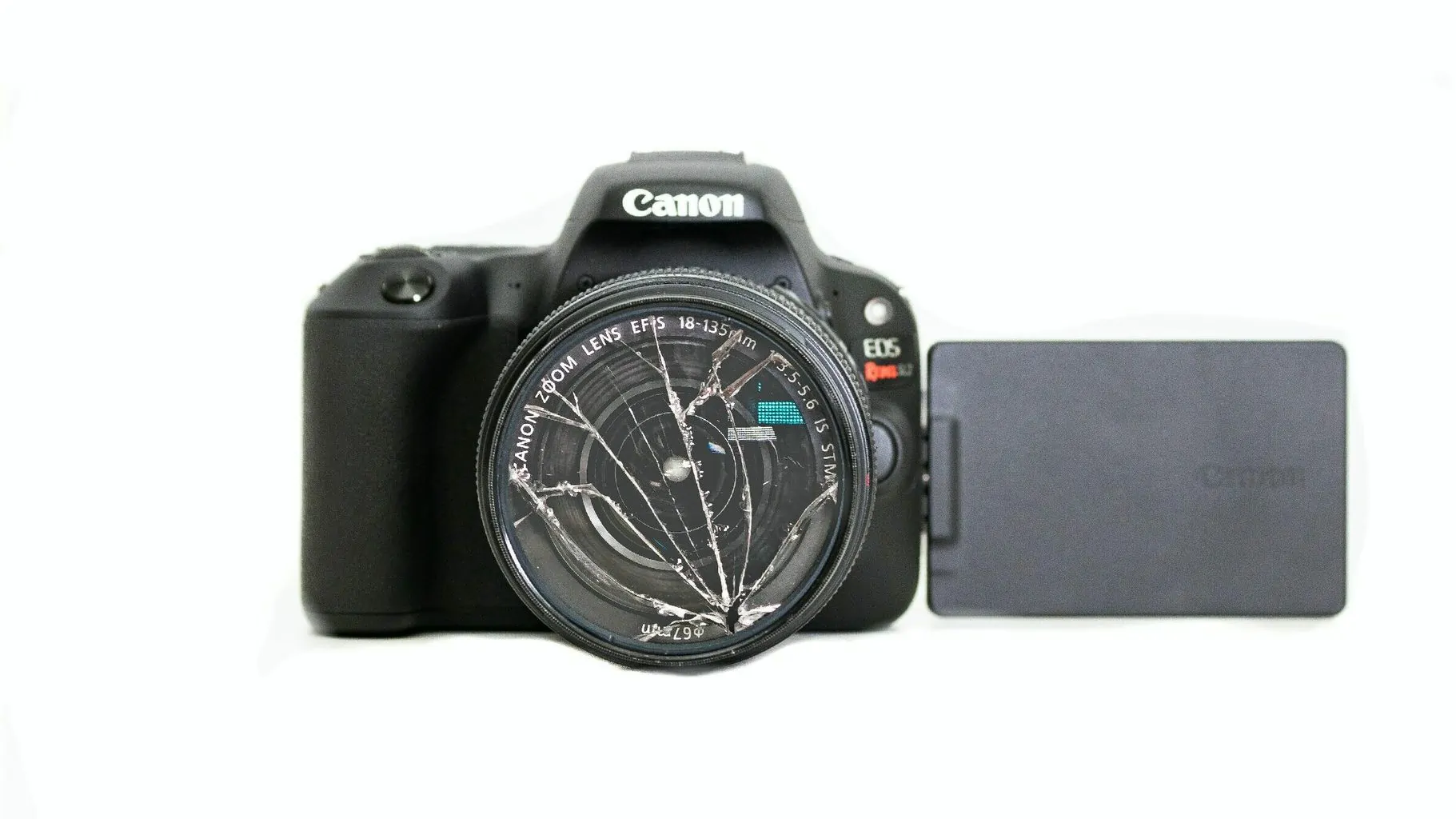
UV FILTER
It absorbs ultraviolet radiation, eliminating a certain haze that this type of radiation produces without affecting exposure. It is the most used of the two to protect optics.
SKYLIGHT FILTER
Helps enhance skies, reduces blue cast when shooting outdoors, and slightly tints the image with a slight warm tint. You have it on Amazon from 8 EurosAlthough if you are looking for extreme quality in your photos, I always recommend that you scratch your pocket a little and invest in a good brand.
FILTER COMBINATION
Once you've mastered each of the filters you plan to specialize in, you can start combining them to achieve amazing photos like this one.

PHOTOGRAPHIC FILTERS ACCORDING TO THEIR USE
Let's see now these same photographic filters but ordered according to the type of use, I am not going to detail anything, because I have already done it in the previous section, but I will leave you a diagram to facilitate the task when locating or buying one
BUT... WHAT FILTERS DO I BUY?
Getting a couple of quality filters is not a very cheap thing to say, so first I recommend you think very carefully about the decision of what type of system (circular or rectangular) best suits your needs as well as the uses and situations in that you will use them
I recommend that, if you have been enthusiastic about the use of this accessory, you make an effort to acquire the essentials, that is, only spend your money on those that you will use frequently, do not collect accessories in a drawer that you will use only once.
You can start with one or two and get to know its uses, applications and the final effect that it will add to your photos. In this way, before getting a new filter, you will make sure that you have extracted the juice from the previous one.
What, do you dare to get one of these filters? There are many reasons to do so because, although sometimes they may seem somewhat old-fashioned, the truth is that they are very useful for improving and perfecting our photographs. Even to obtain images that would be impossible to obtain without them.

![PHOTO FILTERS: HOW TO GET SPECTACULAR IMAGES [UPDATED]](https://photographychef.com/wp-content/uploads/2023/01/PHOTO-FILTERS.jpg)
